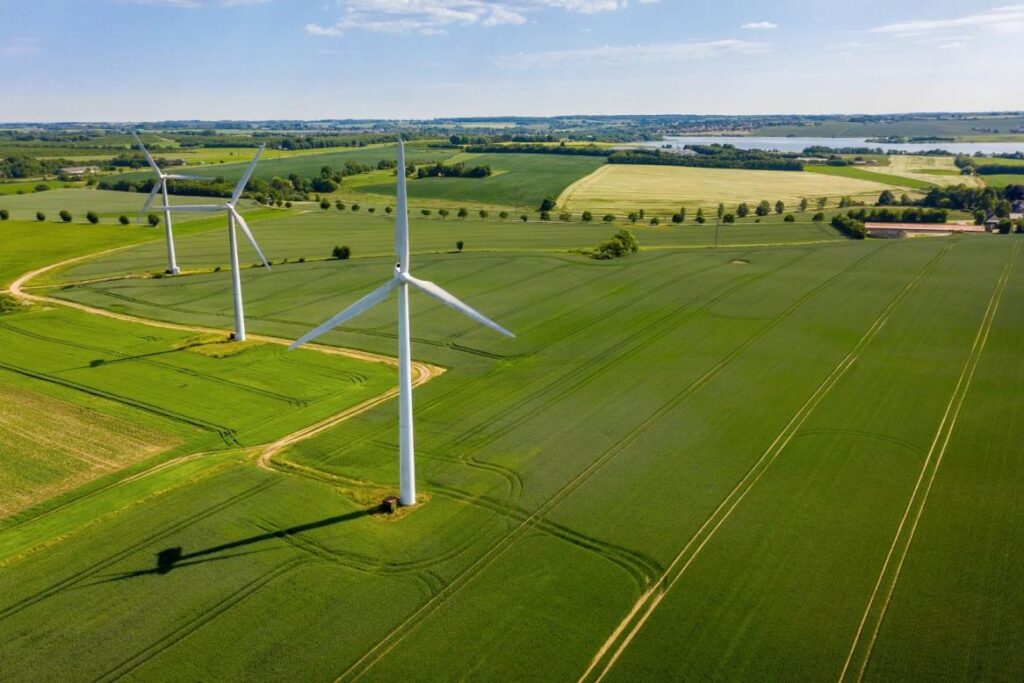
In recent years, the world has been witnessing a significant shift towards greener and more sustainable energy sources. As the detrimental effects of fossil fuels on the environment become increasingly apparent, the need for cleaner alternatives has become more urgent. Hydrogen energy is emerging as a promising solution, offering zero-emission power generation and a wide range of applications. In this transition towards a hydrogen-based economy, composite materials are playing a crucial role. With their unique properties and versatility, composites are enabling the advancement and integration of hydrogen technologies. In this article, we will explore the role of composite materials in facilitating the transition to hydrogen energy.
The Rise of Hydrogen Energy
Hydrogen has long been recognized as a clean and abundant energy carrier. It can be produced through various methods, including electrolysis of water using renewable energy sources such as solar or wind power. When hydrogen is utilized as a fuel, it produces only water vapor as a byproduct, making it a clean and sustainable alternative to fossil fuels. As a result, hydrogen is gaining traction as an energy source for transportation, power generation, and industrial processes.
The Importance of Composite Materials
Composite materials, consisting of two or more distinct components combined to form a new material with enhanced properties, have gained significant attention in various industries. These materials offer a wide range of advantages, including high strength-to-weight ratio, excellent corrosion resistance, and design flexibility. These properties make composites ideal for applications in aerospace, automotive, construction, and many other sectors. In the context of the transition to hydrogen energy, composites bring unique benefits that contribute to the development and success of hydrogen technologies.
Lightweight and Efficient Storage Solutions
One of the key challenges in implementing hydrogen as an energy carrier is its storage. Hydrogen has a low volumetric energy density, meaning it requires large storage volumes to store a sufficient amount of energy. Composite materials excel in addressing this challenge by providing lightweight and efficient storage solutions. By utilizing advanced composites, such as carbon fiber reinforced polymers (CFRP) or glass fiber reinforced polymers (GFRP), the weight of hydrogen storage tanks can be significantly reduced without compromising safety or performance. This reduction in weight enables improved fuel efficiency, longer driving ranges for hydrogen-powered vehicles, and increased payload capacity for transportation applications.

Hydrogen is rapidly emerging as a clean and efficient energy carrier that has the potential to revolutionize various industries. However, one of the significant challenges in utilizing hydrogen as a fuel is its storage. Hydrogen has a low volumetric energy density, which means that large storage volumes are required to store a sufficient amount of energy. Composite materials offer a solution to this challenge by providing lightweight and efficient storage solutions. In this article, we will delve into the importance of composite materials for hydrogen storage and their contribution to the widespread adoption of hydrogen as a sustainable energy source.
The Challenge of Hydrogen Storage
Hydrogen is a highly volatile gas and requires careful handling and storage. Traditional storage methods, such as high-pressure gas cylinders or cryogenic tanks, come with their limitations. High-pressure cylinders are heavy and can be bulky, making them impractical for many applications. Cryogenic tanks, which store hydrogen at extremely low temperatures, are complex and require a significant amount of energy for cooling. These challenges hinder the widespread use of hydrogen as an energy carrier, especially in transportation and portable applications.
Lightweight and Efficient Composite Storage Solutions
Composite materials, with their unique properties, offer a promising alternative for hydrogen storage. Composites are engineered materials that combine two or more components, typically a reinforcing fiber and a matrix, to create a material with enhanced performance characteristics. By utilizing composites, hydrogen storage can be made more lightweight, efficient, and practical.
Carbon Fiber Reinforced Polymers (CFRP)
Carbon fiber reinforced polymers (CFRP) are one of the most widely used composites for hydrogen storage applications. CFRP composites consist of high-strength carbon fibers embedded in a polymer matrix. These materials are known for their exceptional strength-to-weight ratio, making them ideal for lightweight applications. CFRP composite tanks can store hydrogen at high pressures, providing a viable solution for onboard storage in hydrogen-powered vehicles. These tanks offer significant weight reductions compared to traditional metal tanks, resulting in improved vehicle efficiency and extended driving ranges.
Metal Hydride Composites
Metal hydrides are compounds formed by the reaction of metals with hydrogen. They have the ability to reversibly absorb and release hydrogen, making them suitable for hydrogen storage. Composite materials can enhance the performance of metal hydrides by improving their kinetics and capacity. Metal hydride composites often incorporate materials such as carbon nanotubes, carbon fibers, or other additives to enhance hydrogen storage properties. These composites enable faster hydrogen absorption and desorption rates, leading to improved efficiency and practicality of metal hydride storage systems.
Nanocomposites
Nanocomposites, which consist of a matrix reinforced with nanoparticles, offer unique opportunities for hydrogen storage. By incorporating nanoparticles such as metal organic frameworks (MOFs) or graphene into the composite matrix, hydrogen storage capacity can be significantly increased. These nanocomposites provide a higher surface area for hydrogen adsorption, allowing for greater storage capacity within a given volume. Nanocomposites show great potential for compact and high-density hydrogen storage systems, particularly for portable applications.



